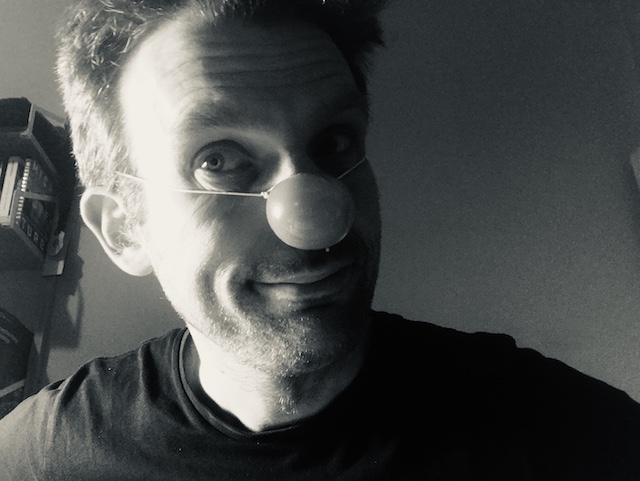The tools you use define your work. They lock in choices about what you turn your attention to, what you can do and what you can’t. Before you choose a new productivity tool, define what they work is that you do and don’t want to do, then find the tool for the job.
To help you start you could use the Happy Grid, which I created the Happy Grid in 2016 to help me define the sorts of work I do and don’t want to do.
Productivity is about optimising effort for maximum output. That’s the capitalist model. I prefer the approach proposed by Schumacher in Small is Beautiful, optimise work to maximise well-being. It’s not just about what the outcome is, it’s about how it feels to be doing the work.
So, ask yourself, what should it feel like to be doing the work? Do you enjoy multitasking? Do you like focusing on one thing at a time? Do you hate having too many inputs? Do you like the buzz of seeing new information appearing?
Then, pick the tool to suit.
I have discover the following things to be immutable:
- You will never get everything done. Happiness is in letting the unimportant go rather than getting everything done.
- You are ultimately responsible for the number of inputs you receive. You signed up to the projects, the mailing lists, the WhatsApp groups.
- Any system needs maintenance for it be effective.
- A workable system for 80% of things is much better than an unwieldy system that covers 100%
Finally if you do lots of different kinds of work make sure you don’t accidentally start using the tools from one part of your life to manage another.
- If you want to manage, then use management tools.
- If you want to lead, then use the tools of leadership.
- And if you want to be a clown… don’t use any productivity management tools at all.


Leave a Reply